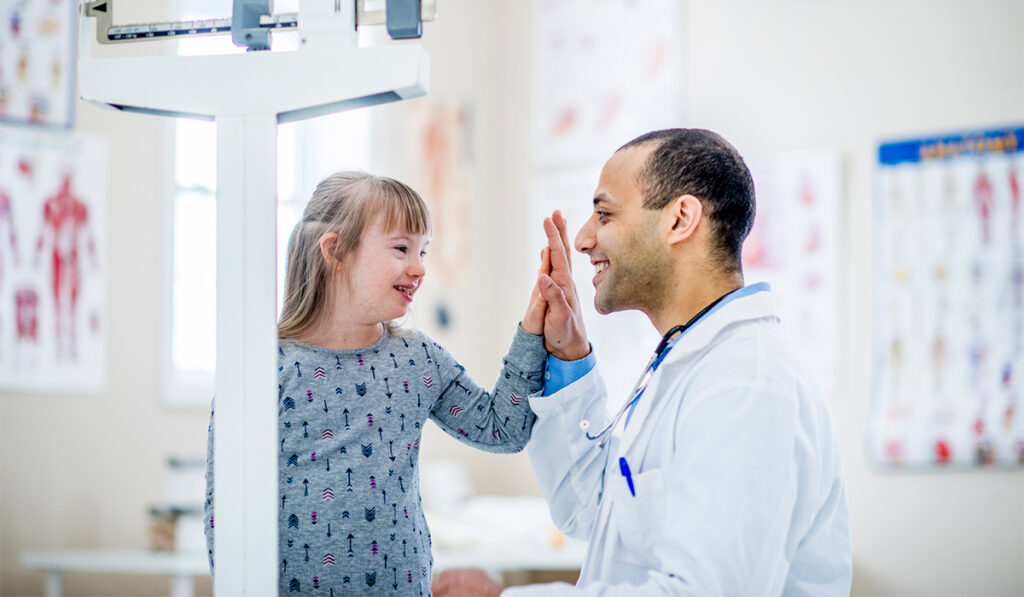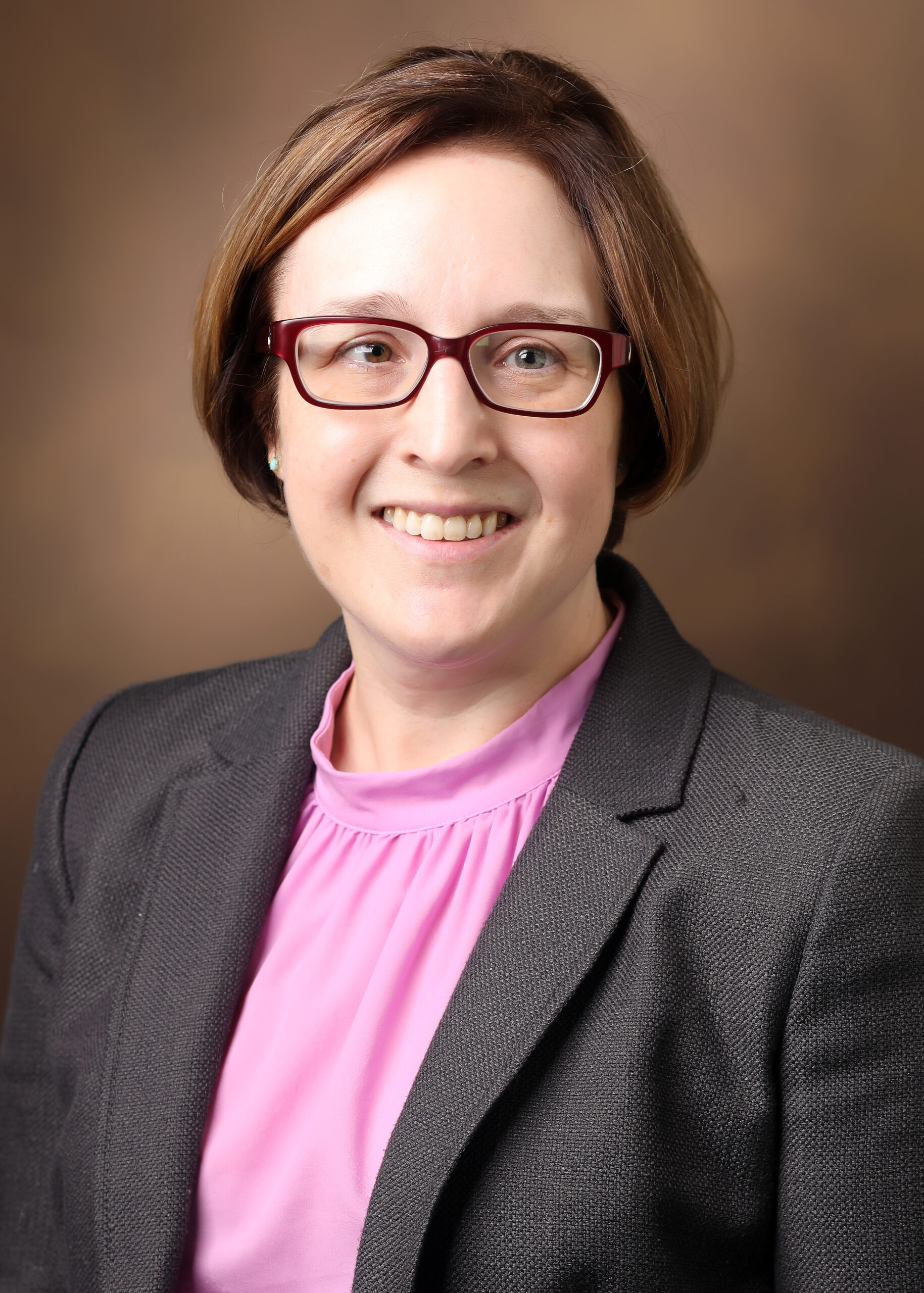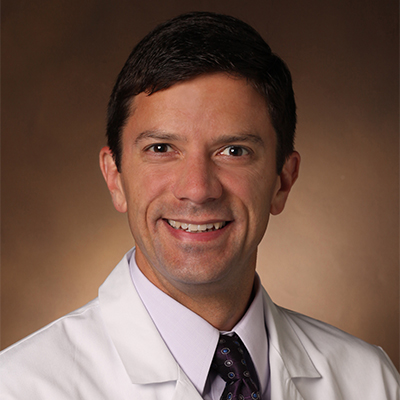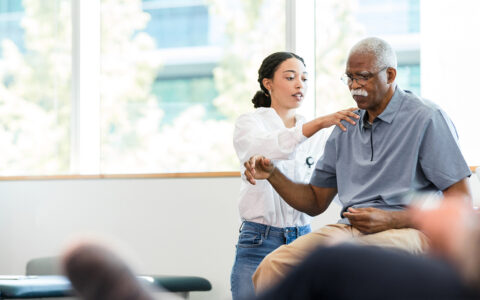Despite advances in disability health care and education, many physicians remain unaware of the latest developments and best practices for this population.
Recognizing the gap, three physicians from Vanderbilt University Medical Center, Emily M. Tarvin, M.D., Tiffany E. Hines, M.D., and Jeffery S. Johns, M.D., were motivated to introduce and third- and fourth-year medical students to evidence-based, patient-centered approaches to care for patients with disabilities.
“We were inspired by an unmet educational need,” Tarvin said. “An opportunity arose to develop a specialized elective course for medical students.”
Johns explained that the team came up with the idea during a grand-rounds session on disability and health equity led by Tarvin. The course was developed following a request for proposals from Vanderbilt University School of Medicine.
“We knew that the topic needed more spotlight, especially among early trainees,” Hines said. “We decided to team up and bring the idea to life.”
Designing the Curriculum
According to Tarvin, building a course from scratch was a challenging task, mostly due to the expansive nature of the content. With guidance from a faculty mentor, the trio outlined the learning objectives and then structured the curriculum in reverse.
“None of us had a background in developing medical school courses,” Tarvin said. “After outlining the content and planning the assessments, we chose to organize the elective as a combination of didactic and clinical experiences.”
For assessments, they had students write reflections on disability-related topics such as ableism and social and medical models of disability, including their similarities and differences.
Leveraging their unique expertise, the team focused on three areas: intellectual and developmental disabilities, disabling medical conditions, and physical-neurological disabilities.
“The didactic lectures were focused on key disability-related topics,” Johns said. “We included a variety of subtopics including bowel and bladder function, prosthetics, limb loss, intellectual and developmental disabilities, and vision rehabilitation.”
Key Learnings
The team gained valuable insights after examining feedback from three students who participated in the course pilot in early 2024. The students were struck by how little they had previously known about disability-related topics, emphasizing the need for greater awareness, Johns explained.
“The clinical need is driving the demand.”
Additionally, they noted that some students were already interested in disability health and education and had formed a student-led interest group, the Student Led Initiative for Disability Education (SLIDE).
Hines pointed out that students in the pilot expressed interest in gaining more practical experience with patients. Additionally, they asked for more didactic lectures on disability-related topics.
“The clinical need is driving the demand,” Johns said. “The lack of a set national standard for disability-related education is currently an issue.”
Future Directions
After the successful pilot course, the team intends to expand to include up to eight students in fall 2024 and winter 2025. In addition, they plan to publish their experiences to educate and inform the broader medical community.
“Our passion for education drives us to give back, which brings us great joy.”
“We are thrilled about the upcoming course offerings,” Tarvin said. “Our passion for education drives us to give back, which brings us great joy.”
Given the rise of disability-related education at the national level, Johns added, the team intends to collaborate with colleagues at other institutions to collect and share best practices. The scope of disability is broad, and by fostering these partnerships they hope to achieve more consistency.







